The K-Pump is one of the best manual pump options to get a board inflated to a high PSI air pressure. It works extremely well and is easier to pump than a regular hand pump.
Not only does it make the inflation process easier, but it guarantees that your board will perform as it is supposed to and how you would expect it to.

I ordered my K-Pump K20 while staying in Hawaii over the winter. I had two inflatable SUP’s with me and only their respective hand pumps.
I didn’t have my good electric pump with me and the electric pumps that I could find in the stores there did not have the proper attachments for an inflatable SUP.
So with a little research I found the K-Pump and quickly realized it was a great way to go.
There are several different K-Pump models that can be used on different types of inflatable equipment. The K20 is specifically for inflatable stand up paddle boards and is extremely compact for traveling.
Why is the K-Pump Special?
The K-Pump K20 is unique in that it has two stages.
- The first stage is a low pressure mode that gets your board into shape quickly. It works up until you reach around 6 psi. Once it gets difficult to keep pumping you move on to the second stage.
- For the second stage you twist the top of the pump to high pressure mode. You are then able to easily top off your board and get it to the maximum psi which for most ISUPS is around 14 to 17 psi. The K20 is able to reach up to 25 psi.
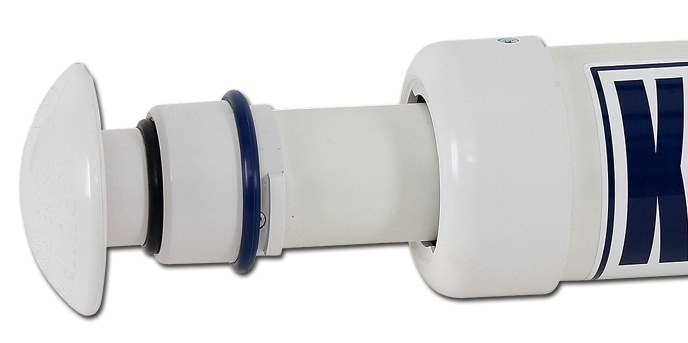
With the regular hand pump I was never able to get my inflatable boards past 6 psi which is nowhere near as rigid as it needs to be for proper performance. Not only did the hand pump get too hard for me to pump once it reached a certain point but I also felt like I might break it if I continued to force it.
Check the Gauge
 One thing about the K-Pump that you need to know is that it works so well and is so easy to pump in high-pressure mode that you can easily go over your intended psi.
One thing about the K-Pump that you need to know is that it works so well and is so easy to pump in high-pressure mode that you can easily go over your intended psi.
Therefore there is a Kwik Check gauge that you can get to check your progress along the way. Unfortunately the gauge costs extra and is not as cheap as you would expect which is a bummer but in all honesty I believe you need it, so factor it into the cost.
With the Kwik Check gauge you can check the air pressure of your board as you pump. I find that it is extremely difficult to know what psi you are at without it. The board may feel solid, but if it is not at it’s maximum psi then it will not perform as it is supposed to. Check the gauge frequently to see where you are at so the board is filled fairly near to its capacity – but not over.
The Kwik Check gauge is made with an adjustable valve-stem depressor. It is preset to work on Leafield and Halkey-Roberts valves and can be easily adjusted to work on Summit, Innova or similar valves. The display reads from 0 – 20 psi. It is simply to use and extremely useful.
Use the regular tip on Leafield valves and use the included adapter with Summit, Halkey-Roberts, Innova and similar valves. The gauge comes with instructions if you need any help.
Specs
One of the things I particularly like about the K20 model is that it is super compact. It is only 21 inches long, 3 inches wide and weighs barely 2 pounds. It is ideal for traveling. I easily stored it in my suitcase when I returned home from Hawaii.
It comes with a rugged blue carry case that feels very durable and strong. The back of the carry case has a little black sling so you can carry it on your shoulder if you want.
All of the K-Pump models come with a great 2 year warranty.
The Down Side
The only negative I came up with was that because it is so compact it can still be hard on your back when pumping as you have to lean over. I solved the problem by sitting on a little stool while inflating my board and that helped a lot. Or another option that my boyfriend preferred was just kneeling on a cushion.
Now that I am home and have access to my electric pump, I will probably use it to get my board to a certain point and then top it off with the K-Pump so that I am able to reach the proper PSI.
There is a taller pump (the K-Pump 200) that works equally as well for inflatable stand up paddle boards. It is not as compact for traveling and transport but is a little easier on the back.
My Pics

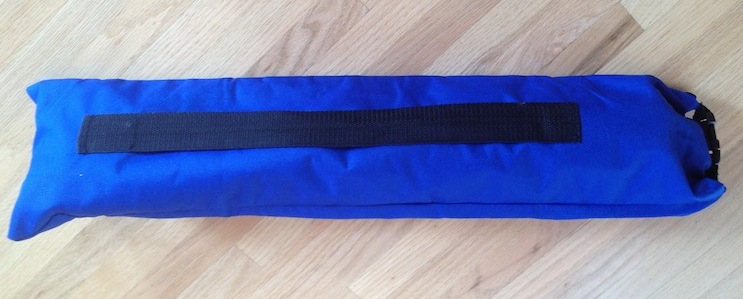
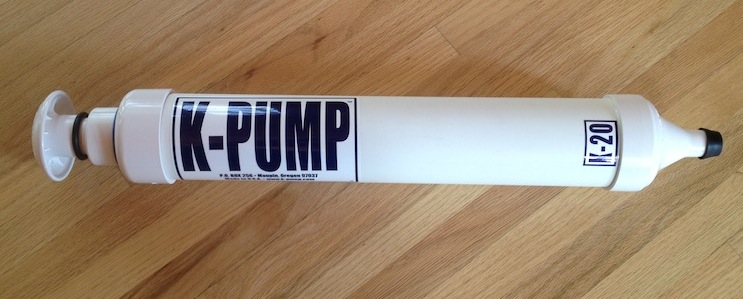
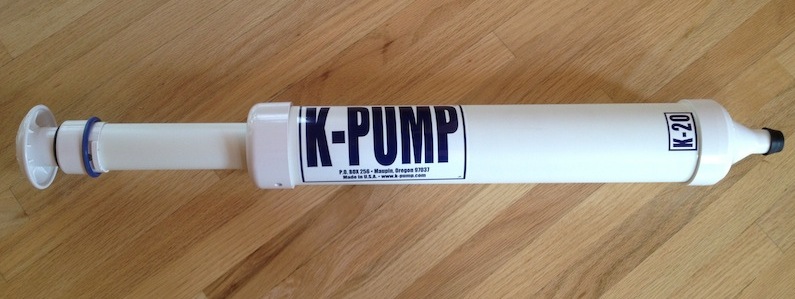
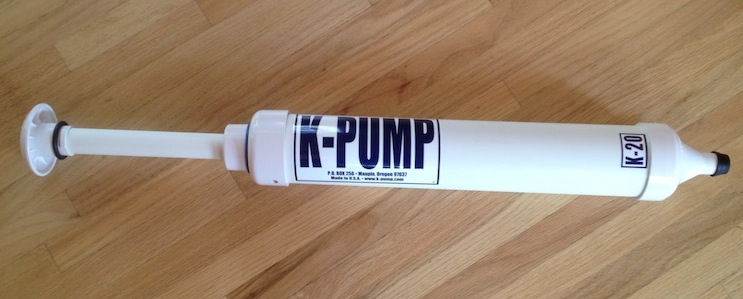
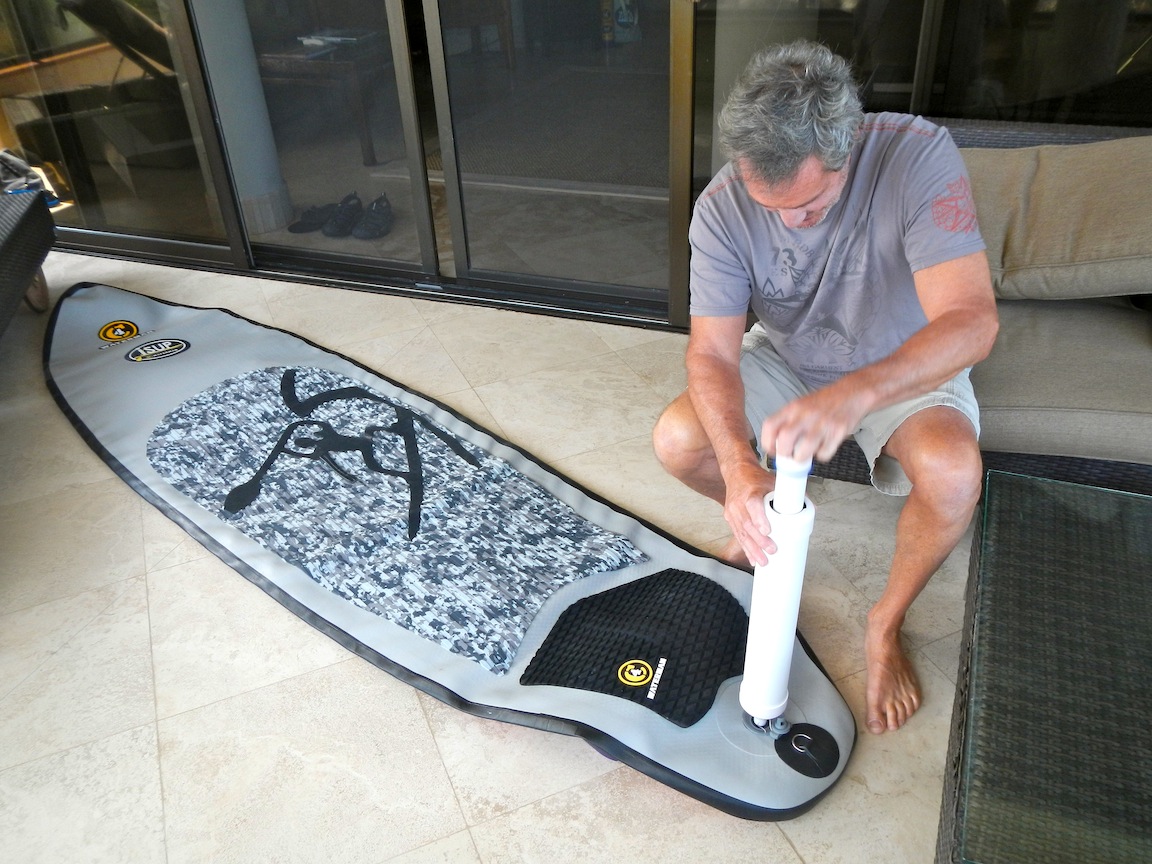
Video
This video is from the official K-Pump website and gives a good demonstration on how the K20 model works as well as using the Kwik Check Gauge. If you want to skip the beginning part, fast-forward through to the 1:51 mark for the beginning of the demonstration.
Final Thoughts on the K-Pump K20
The K20 is small and lightweight – it weighs no more than 2 pounds and is only 21.5 inches long. It comes with a rugged storage bag, is UV resistant and comes with a 2- year manufacturer warranty. It works on most inflatable stand up paddle boards and inflatable kayaks.
Click Here For The Best Deal On The KPump At Amazon.com.
Did You Know?
By clicking on any of the above seller links you can help keep ISUPworld.com growing. When you make a purchase after clicking on our links, the retailer will contribute a portion of the sale to help support this site. It won’t cost you anything extra and it’s a simple way to help us fund our gear reviews. Thanks!
 Slingshot High-Pressure SUP Inflator Valve Review
Slingshot High-Pressure SUP Inflator Valve Review A Few Of My Favourite Things For Paddle Boarding
A Few Of My Favourite Things For Paddle Boarding NIXY Ventus Universal Electric Pump Review
NIXY Ventus Universal Electric Pump Review Airhead SUP High Velocity 12V Pump Review
Airhead SUP High Velocity 12V Pump Review





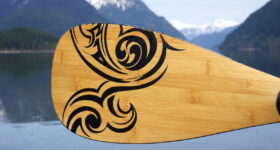
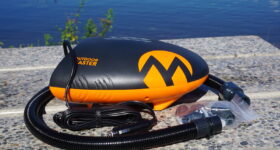
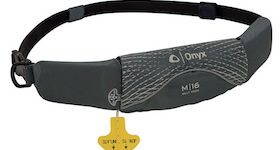
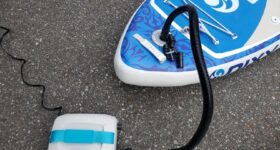
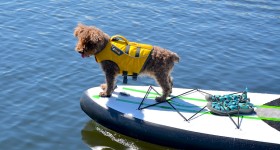

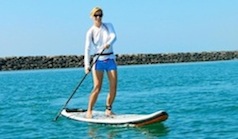
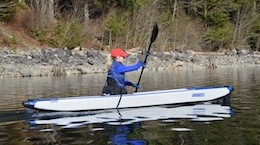
Great review!
The K20 and K220 are the two K-pumps recommended for paddle boards. The K220 being longer so you can stand up right.
Other K-pumps like the K-100 are single stage and will go up to about 6 PSI and are great for rafts, kayaks and pontoons. But for a SUP you will want the two stage pump from K-pump, both the K20 and K220 can do 20-25 PSI with the second stage. You should be careful with these 2 stage pumps because they are easier to pump and you could over inflate! Use a gauge as you go or check out their new K-air relief valve which will blow off as you hit max PSI.
I’ve found that if I spend a little longer at it, I can get the thing to between 9 and 10 PSI. That will do for most situations except rough ocean water.
Allison. I have now read all the posts in your blog. Thanks for providing so much useful information. I am a long-time kayaker, but have been SUPing only a few weeks, and I am enjoying it immensely. The pump and gauge that come with Sea Eagle boards may be unusually good at achieving the desired pressure, so I could see no reason to pay so much extra for a K-Pump. However, this may not be the case with many other included pumps.
By the way, I am glad that I read in your review of the Longboard 11 where you say that it can be inflated to 11 psi. It says several times in the instructions that came with my board to “inflate to 12 ps”i, and that the “working pressure is 12 psi”, and “so not over inflate”. I called Sea Eagle customer service and found that yes, indeed, the board can be inflated to 15 psi without voiding the warrantee. I do not understand why Sea Eagle gives erroneous information in the instruction manual, because the board works much better at about 15 psi. I now inflate my board to 14 psi to avoid having it go over 15 psi when out in the sun. Again, I have no trouble getting it to this pressure with the pump that Sea Eagle includes.
I have a Sea Eagle Longboard 11. I use the pump and gauge that came with the board, and I have absolutely no problem pumping the board up to 15 psi. It does get more difficult to pump at about 6 psi, but I just keep going until 15 psi; it takes all of about 5 mins. I use my body weight of 130 Lbs, and not my arms.
Excellent, love to hear that. Thanks Mike!
I have 2 Airis hardtop 11 boards and the pump that came with them are terrible. I’m considering a k-pump but am wondering how well the pump would work with the location of the Airis valve. It’s on the side so you either have to use the pump sideways or put to sup on it’s side. Have you used this with an Airis board? Which electric do you recommend? The bravo?
I got a K-Pump with my NRS and it works not bad. With some effort I can get it to 6 psi. Which is enough except in rough water. By the way you haven’t reviewed NRS. it’s good except in rough water. Or is that because I find it hard to get it over 6 psi? You have also not reviewed the much touted, unfortunately named Stiffy.
I’m dying to test out and review the NRS boards, just haven’t been able to get my hands on them yet… hopefully soon! The K-Pump should be able to inflate your board to much higher than 6 PSI. Usually you can get to 6 PSI while using the low pressure mode on the pump but then switch to the high pressure mode to inflate it much higher. If you have any issues contact the K-Pump company… I have always found them to be extremely helpful. The AE Stiffy (I agree… unfortunate name!) is not one I’ve tried yet either. I’ve seen it in use but haven’t taken it out myself. I’ve heard it’s decent… not top of the line but good for the price. I will hopefully be adding these reviews down the road soon. Cheers.
The K-pump I’ve got is a100′ and it doesn’t have a High Pressure setting as far as I see. I might lower myself to an electric pump, if it will plug into a 12 volt outlet, which most cars still have! (do all rental cars in Europe have 12 volt outlets?)